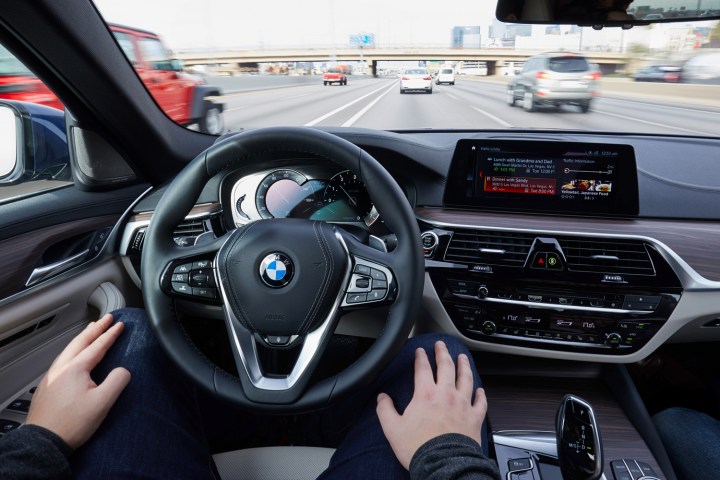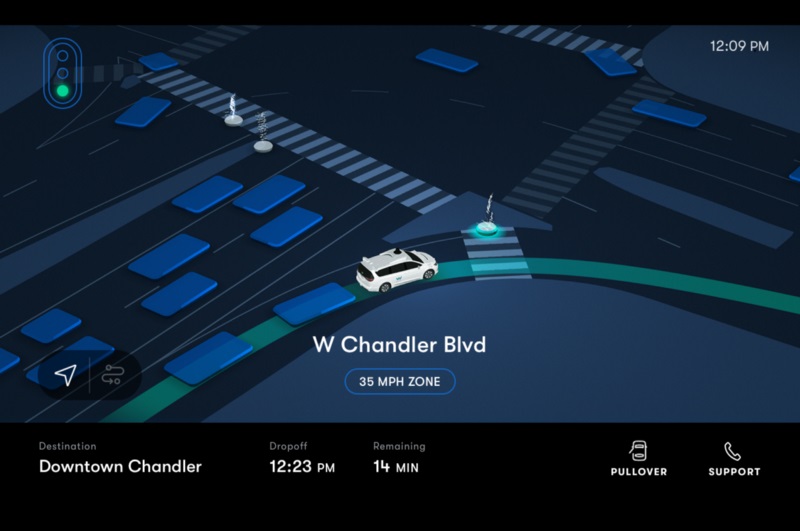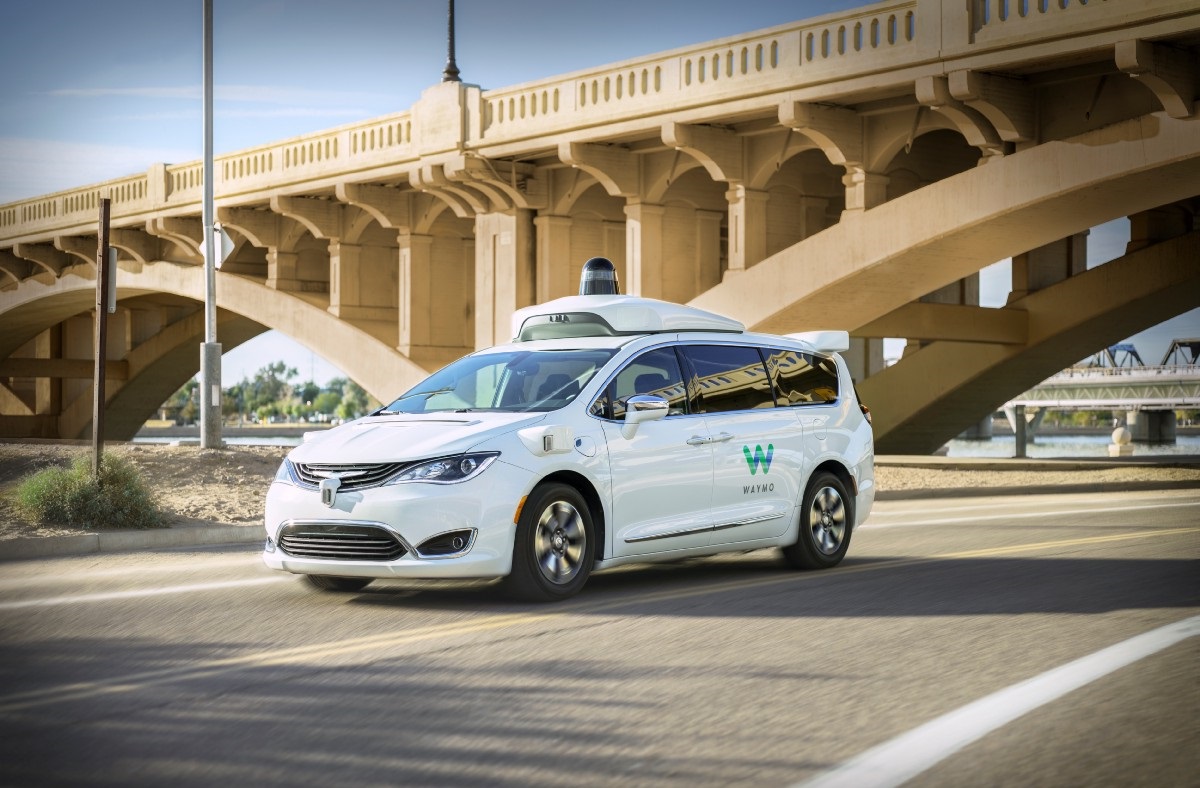
On the surface, cost-cutting is the name of the game in the automotive industry. Many automakers are slashing unprofitable, low-volume nameplates from their portfolios in a bid to save money. But, behind the scenes, major car brands are allocating more brains and dollars to research and development than ever before. They’re not designing V8s; they’re funneling the bulk of the money they save into the development of electric and autonomous technology many analysts predict will finally reach the mainstream during the 2020s. While electric cars have a bright future ahead of them, autonomous cars still suffer from a serious image issue they’re struggling to overcome.
Research carried out by CivicScience reveals most American consumers plainly aren’t interested in autonomous technology. 72 percent of the 1,900 adults the firm polled replied they’re not comfortable at all with self-driving cars. Only six percent said they were totally comfortable with the idea. Worse yet, the American Automotive Association (AAA) found 71 percent of motorists are afraid of riding in a car without a driver or a steering wheel. That’s down slightly from 73 percent in April 2018.
The numbers point to a major chasm between the automakers and the tech firms spending tens of billions of dollars on the technology, and the consumers they’re counting on to see a return on their investment. Ford notably poured over $1 billion into Argo; that’s close to the cost of developing a brand-new car from scratch. Amazon invested $500 million into Aurora. General Motors purchased Cruise for $1 billion, and the start-up has amassed over $5 billion since, including a $2.75 billion cash injection from Honda. Car companies are moving full-speed ahead with autonomy, but their research yields results similar to those obtained by CivicScience and AAA.
“From a consumer point of view, we don’t see research that shows consumer are saying ‘I want to hit a button, and go autonomously anywhere in America,’” Scott Keogh, the head of Volkswagen’s American division, told Digital Trends. “Consumers still feel they want to have control.”
Waymo is the exception to the rule.
He pointed out most consumers haven’t experienced a true autonomous car. They read about the technology in the news, where the headlines are rarely positive, but they’ve never ridden in a prototype.
Broadly speaking, autonomous cars are held to higher standards than human drivers. We’ve all rolled through a stop sign, or driven above the speed limit, and it has never made national news. Footage of a self-driving prototype recklessly cruising at 90 mph on I-15 would get millions of views on YouTube. Every accident involving an autonomous car gets analyzed and publicized. This level of scrutiny isn’t unusual for a new technology, but failures overshadow successes which paints robo-cars in an unflattering light.
The cloud of confusion lingering over some of the semi-autonomous systems available in new cars makes solving the problem of perception even more difficult. Every time a Tesla crashes while traveling on Autopilot, the California-based company issues a statement to remind the public and the press that its technology is not 100 percent autonomous by any stretch of the imagination, and that drivers need to keep both eyes on the road, as well as both hands on the steering wheel. That fine-print is frequently ignored, and too often the story gets boiled down to “autonomous car crashes on the highway” when that’s usually not what happened; there is commonly still a human factor in the equation.
“We’ve got to offer, as an industry, a lot more clarity about what we’re offering,” Keogh opined.
Who in their right mind would willingly hop in a car that they think will crash? In a second survey, CivicScience learned 63 percent of the 4,294 adults it polled aren’t interested in owning, leasing, or even riding in a self-driving car. Six percent of the participants want to ride in one but have no desire to buy or lease one, and only 11 percent replied they’re interested in putting an autonomous vehicle in their garage sooner or later.
Waymo is the exception to the rule. When it launched its early rider program two years ago in the Phoenix area, over 20,000 people manifested an interest in trying out the technology. Most of the customers who use Waymo One, the commercial shuttle service it introduced in December 2018, give their rides a five-star rating.
The Google spin-off fares better than its rivals in the minds of consumers partly because it’s one of the few brands that regularly communicates its achievements. It proudly tells the world when it reaches a milestone, like when its test fleet crossed the 10 million-mile threshold, or when one of its Chrysler Pacifica-based prototypes obeyed a cop’s hand gestures. It helps that its prototypes have never been involved in a major crash; its image isn’t tainted. Nearly a year after one of Uber’s prototypes killed a pedestrian, the embers of its disgrace are still glowing.
In 2019, bringing self-driving cars to the masses looks like a brave but senseless attempt at leveraging the power of artificial intelligence, but that’s par for the course when it comes to emerging technology. Cruise control sounded superfluous during the 1960s, and the rear-view camera many motorists defiantly argued they could live without in the 2000s is now mandatory. In 2029, the statistics will tell a completely different story. Consumer acceptance will increase in the coming decade for several reasons.
Autonomous technology will become more reliable, more affordable, and consequently more common. The number of consumers exposed to it will grow. Barring more significant accidents or legislative setbacks, motorists will stop seeing it as a form of vehicular voodoo, and accept it as another evolution in the history of the automobile. And, on a second but more lasting level, driving will become more expensive in the next decade because the cost of developing cars will rise, so a self-driving shuttle could turn out to be one of the quickest, cheapest ways of traveling through a bustling city. That’s why car and tech companies are confident they’ll see a return on their investment sooner or later.
“If mobility becomes more expensive, and we have the technology for level five [automation], then I think there will be a market for robo-taxis,” affirmed Audi chairman Bram Schot in an interview with Digital Trends.







